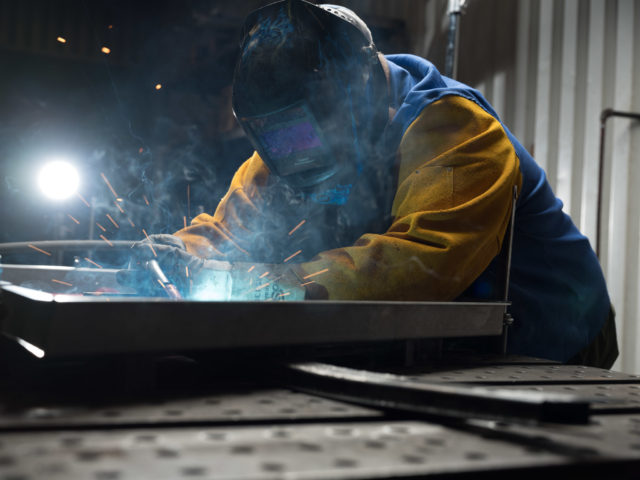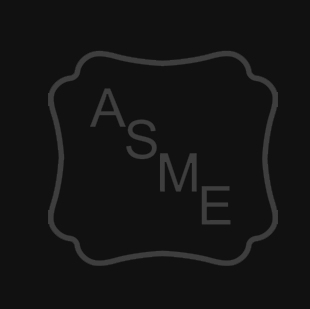While at times the terms ‘fabrication’ and ‘welding’ are used interchangeably, the two operations, though interrelated, are different operations, distinct from each other. The former is a process; the latter is a technique that is part of the process.
What is Precision Metal Fabrication?
Precision metal fabrication is a method that converts raw metal material into a final metal product. From design to prototype to forming to assembling, metal parts and components, equipment, machinery, tools, hardware, and structures are all products created through precision metal fabrication processes. Welding is one of the many steps in the process of metal fabrication that’s used in assembling a product.
As a process, precision metal fabrication benefits a number of industries and provides numerous consumer goods. Metal fabrication projects range from building machinery and car frames to guardrails along highways to hand railings along stairways. In the modern age, there is no single environment where people work, play or live that does not have parts, components or products derived from metal fabrication. Chairs, utensils, cutlery and hand tools, tables, fixtures, hardware manufacturing, architectural and structural works, screw, nut, and bolt manufacturing, appliances large and small, and even the machines used to make these products, are as a result of precision metal fabrication.
To finish any of the above-mentioned products requires precision with near-zero tolerance for error. Metal fabrication begins with a design and creating a fully functioning and tested prototype. Once accomplished, there are a number of processes and techniques to convert raw stock material into a finished product. The primary steps—cutting, forming, assembling—are necessary to finish the product. Within these steps are sub-processes like bending, powder coating, machining, and welding.
Broadly, in metal fabrication, cutting creates the desired size of the product to form or can be used after forming. Cutting, as a process, can be achieved through multiple techniques. The process is usually accomplished through advanced automated methods using numerical control cutting to chop, saw, chisel, or shear the piece to specification. Cutting technologies include lasers, water jets, torches, or mill bits.
Forming transforms raw metal parts into the general shape or structure of the part or component being developed. It is done through various types of hydraulic, mechanical, or pneumatic presses. A forging press can shape and distribute weight proportionally of a workpiece. A braking press form bends where needed. Stamping is a process utilizing a press and mold to create certain shapes into the metal. A punching press can produce any holes or cutouts to meet the design specifications.
During assembling, parts or components can go through a number of processes before finishing. Assembling may require riveting and thread fasteners, binding with adhesives, further shaping or bending, or, more commonly, welding.
Advanced Welding for Stainless Steel, Aluminum, Carbon Steel, & More
Welding then is a singular, distinct operation from fabrication. It is, nonetheless, an important step in the metal fabrication of products. Welding is a metal forming technique that is accomplished with the application of heat at a point or seam to fuse metal parts or workpieces with similar melting points and compositions together. There are many ways and methods to make a weld and just as many kinds of welds. There are different methods, equipment, and tools used in welding, including oxy acetylene, gas metal arc (GMAW) welding, and TIG welding, which is one of the more common methods used in fabrication shops.
Though the terms ‘fabrication’ and ‘welding’ have led to confusion, they are two distinct operations in the manufacture of metal products. Welding is important to the metal fabrication process. It is still the most efficient and economical method to permanently join two or more metals together. However, precision metal fabrication is the process of converting raw metals into pre-made shapes, parts, components for assembly into a finished product. Metal fabrication, from prototype to assembly, is a multi-step process, of which, welding, though vital to the process, is an assembling technique used in the fabrication of a part, component, or product.



